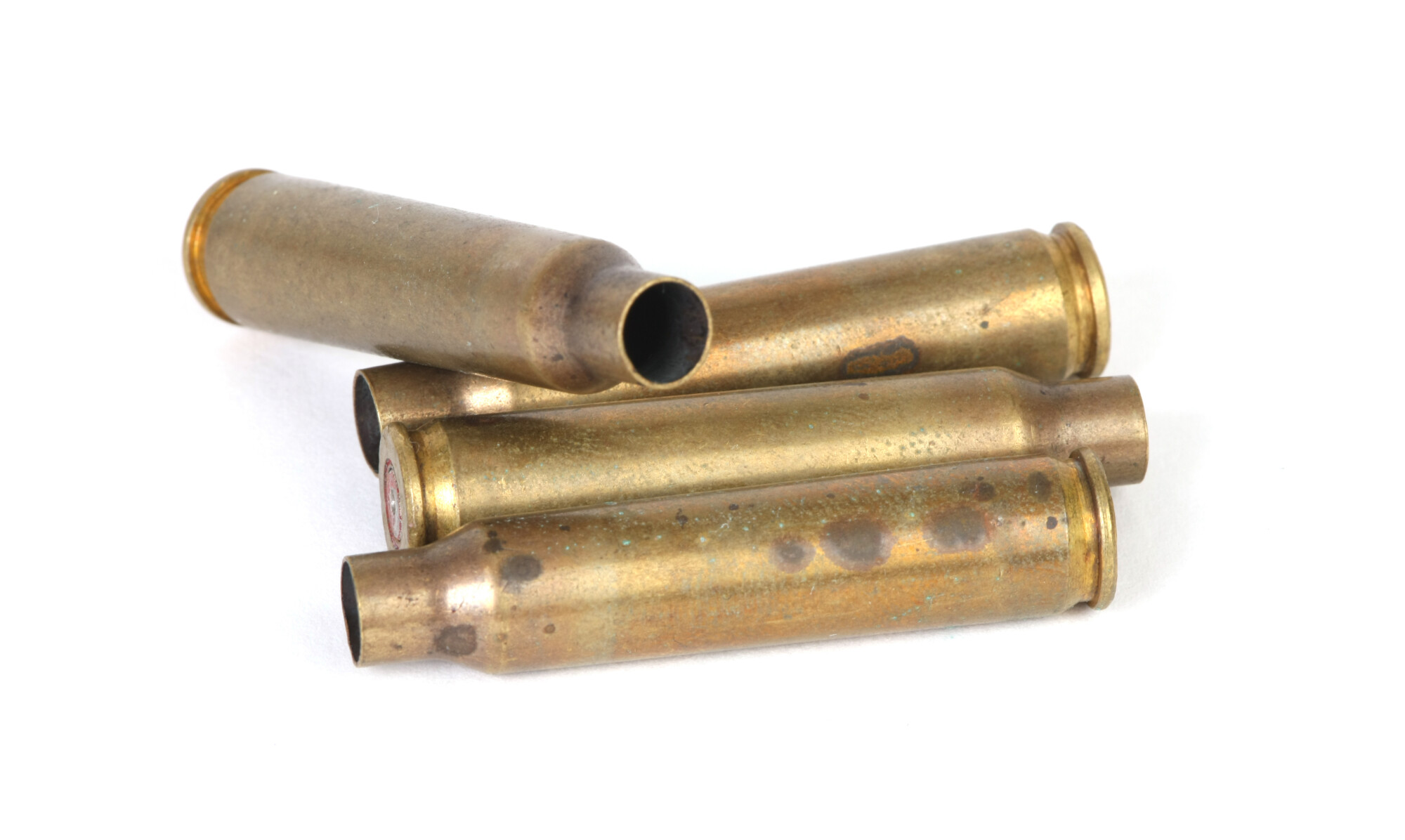Millions of Americans take part in shooting sports every year, a large majority of them are using once fired brass.
Bullets are one of the most important parts of the shooting experience.
To learn more about that once fired brass you’re using, you’ve come to the right place. Here, we’re sharing everything you need to know about the different parts of ammunition.
What Is Once Fired Brass?
All seasoned reloaders are aware that getting “once fired” reconditioned brass is the key to a great shooting experience. Quality brass cartridge casings can be reused for 5 to 10 reloads before they become worn out.
A brass that has been once-fired guarantees that it has not been repeatedly reloaded under uncontrolled circumstances to the point of stress failure or been “work-hardened.” When picking up brass at the range, who knows what degree of neglect, abuse, and misuse a cartridge case has endured?
Reliable once-fired brass ensures that the cartridge case has only ever been fired once during the course of its product life.
Benefits of Using Once Fired Brass
If you frequently purchase ammo for firearms, you might want to think twice before choosing brand-new bullet casings over previously fired brass.
Any fresh ammo you purchase will cost more than using brass that has already been fired.
Using once-fired brass as the casing material will provide greater financial savings in the long run. The casings can then be filled with your own ammo. You can save a lot of money by purchasing once fired brass and reloading them yourself.
As long as you are aware of the caliber size and desired characteristics, you may pretty much create whatever ammo you ned. You may desire ammunition that has a specific effect on targets or bullets that travel far farther than what is possible with brand-new ammo. If you customize ammo using once-fired brass, you can get all different kinds of bullet characteristics.
The casings of ammunition frequently fall to the ground after being discharged. Although you’re probably not thinking about it, the environment could suffer significantly if they aren’t picked up.
Utilizing previously-fired brass is essentially taking old shell casings out of the ground and reusing them in your weaponry. This can prevent casings from ending up in the wrong locations and give you the satisfaction of improving your community’s environment.
If a provider sells once-fired brass, you can be sure they support green initiatives as well.
Bullet Casing
A metal piece of ammunition is known as a shell casing. It is frequently constructed of brass, but it can also be made of other metals.
Any type of ammunition that is fired from a handgun, rifle, or shotgun can be reused. It is a component of the larger ammunition mechanism that is loaded into the chamber before a shot is fired, not a bullet.
It is easy to comprehend how a gun operates and how it fires in order to comprehend the important function of its shell casing.
The bullet’s primer, which ignites the propellant and causes the bullet to be fired from the gun, is likewise contained in the casing. The spent primer and casing accompany the bullet when it is discharged from the weapon.
The casing can then be reused after being reloaded with a fresh primer and propellant.
Primer
A bullet’s primer is a tiny explosive charge that is used to light the cartridge’s powder. Primer is easily ignited by heat or friction and is situated at the cartridge’s base.
The firing pin strikes the primer and ignites it when the trigger of a firearm is pulled. The resultant explosion ignites the cartridge’s powder, sending the bullet shooting out of the barrel.
A primer must be the appropriate size and type for the specific caliber of ammunition being used in order for it to work effectively.
Additionally, for reliable ignition, the primer needs to be properly positioned. Misfires can result from improperly installed primers, which can be harmful.
Projectile
The component of the bullet that strikes the target is the projectile. Although other materials, such as steel or copper, may also be utilized, it is often made of lead.
The propellant inside the cartridge is positioned on top of the projectile. The projectile is launched out of the barrel when the propellant is ignited by the explosion that results from the primer being detonated.
Until it hits the target or runs out of kinetic energy, the bullet moves ahead.
Gun Powder
Bullets include gunpowder, commonly referred to as black powder, which is a kind of explosive. A combination of sulfur, charcoal, and potassium nitrate makes up this substance.
Gunpowder expands quickly and releases a lot of gas when it is burned. The bullet is fired out of the barrel by this gas. Gunpowder must be handled carefully to prevent inadvertent detonation since it is extremely sensitive to heat and friction.
Now You Know All About Once Fired Brass
As you can see, there’s a lot to know about once fired brass and its benefits. Hopefully, after reading this article, you’re more aware of the different parts of ammunition and how once fired brass can seriously enhance your shooting experience.
To shop our once fired reloading brass, click here! Whether you’re looking for 9mm or .308 SWAT training brass, we’re sure to have the type of ammunition you’re searching for.

